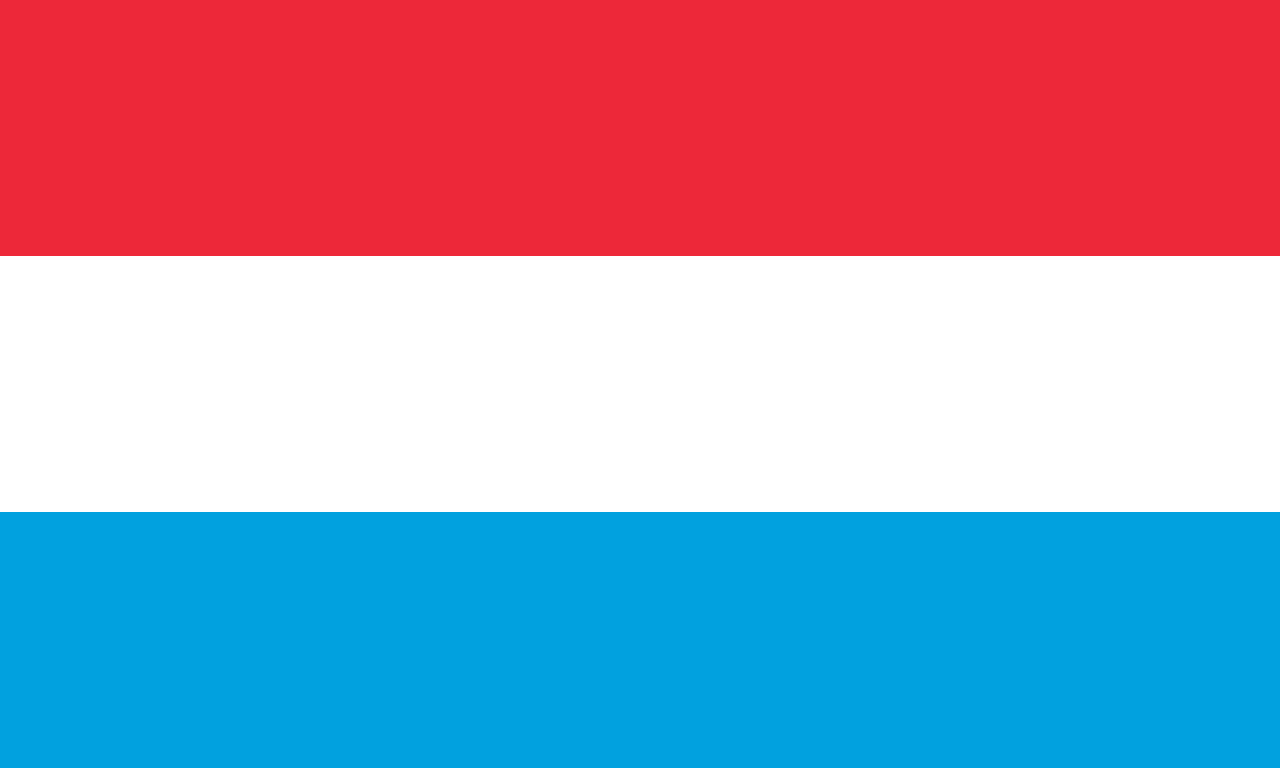The flag of Malawi consists of three horizontal stripes of black, red, and green, with a red rising sun centered in the black stripe. This design, rich in symbolism, represents Malawi's history, people, and aspirations.
Malawi information
| National Flag Day | July 6 |
| Sovereign state | Yes |
| Official name | Republic of Malawi |
| Capital | Lilongwe |
| Population | 18,628,747 |
| Area | 118,484 km² |
| Currency | Malawian kwacha (MWK) |
| Language | Chichewa, English |
| Continent | Africa |
| Region | Southeastern Africa |
| Subregion | — |
| Borders | Mozambique, Tanzania, Zambia |
| Timezone | Central Africa Time (CAT) UTC+2 |
| Calling code | +265 |
| Top-level domain | .mw |
History of the Malawian flag
 The current flag of Malawi was adopted on July 6, 1964, when the country gained independence from British rule. It replaced the British colonial flag and was designed to reflect Malawi's new identity as an independent African nation. The flag has remained unchanged since its adoption, symbolizing continuity in Malawi's national identity. However, it's worth noting that between 2010 and 2012, there was a brief period when a different flag design was introduced, featuring a full white sun instead of the rising red sun. This change was controversial and short-lived, with the country reverting to the original 1964 design in 2012, emphasizing the enduring significance of the original symbolism.
The current flag of Malawi was adopted on July 6, 1964, when the country gained independence from British rule. It replaced the British colonial flag and was designed to reflect Malawi's new identity as an independent African nation. The flag has remained unchanged since its adoption, symbolizing continuity in Malawi's national identity. However, it's worth noting that between 2010 and 2012, there was a brief period when a different flag design was introduced, featuring a full white sun instead of the rising red sun. This change was controversial and short-lived, with the country reverting to the original 1964 design in 2012, emphasizing the enduring significance of the original symbolism.
Symbolism and design of the Malawian flag
Each element of the Malawian flag carries deep symbolic meaning. The black stripe at the top represents the African people and their contribution to Malawi's development. It also symbolizes the African continent as a whole. The red stripe in the middle represents the blood shed by Malawians in their struggle for freedom and independence from colonial rule. The green stripe at the bottom signifies Malawi's lush vegetation and agricultural resources, which are crucial to the country's economy. The red rising sun centered in the black stripe is perhaps the most distinctive element of the flag. It symbolizes the dawn of a new era of freedom and hope for Malawi. The rising sun also represents the warmth of the African continent and the optimism for Malawi's future progress and development.
Usage and significance of the Malawian flag
 The flag of Malawi is a source of national pride and is prominently displayed throughout the country. It flies on government buildings, schools, and during national celebrations such as Independence Day (July 6) and Republic Day (July 6). The flag plays a crucial role in fostering unity among Malawi's diverse ethnic groups and regions. In international contexts, the flag represents Malawi in diplomatic settings, sports events, and cultural exchanges, symbolizing the country's sovereignty and its place in the global community. During times of national significance, the flag serves as a rallying point for Malawians, embodying their shared history, struggles, and aspirations for a better future.
The flag of Malawi is a source of national pride and is prominently displayed throughout the country. It flies on government buildings, schools, and during national celebrations such as Independence Day (July 6) and Republic Day (July 6). The flag plays a crucial role in fostering unity among Malawi's diverse ethnic groups and regions. In international contexts, the flag represents Malawi in diplomatic settings, sports events, and cultural exchanges, symbolizing the country's sovereignty and its place in the global community. During times of national significance, the flag serves as a rallying point for Malawians, embodying their shared history, struggles, and aspirations for a better future.
Interesting facts about the Malawian flag
- The colors of the Malawian flag are pan-African colors, shared by many other African nations, symbolizing African unity and identity.
- Malawi is often called the "Warm Heart of Africa" due to the friendliness of its people, a characteristic reflected in the warmth of the rising sun on its flag.
- The rising sun on the flag is reminiscent of Malawi's geographical location, where the sun rises over Lake Malawi, one of Africa's Great Lakes.
- During the brief period of flag change in 2010-2012, the full white sun was meant to represent Malawi's economic progress, but it was widely unpopular and seen as disconnected from the country's history.
- The exact shades of colors used in the Malawian flag are specified in the country's laws to ensure consistency in its reproduction.





